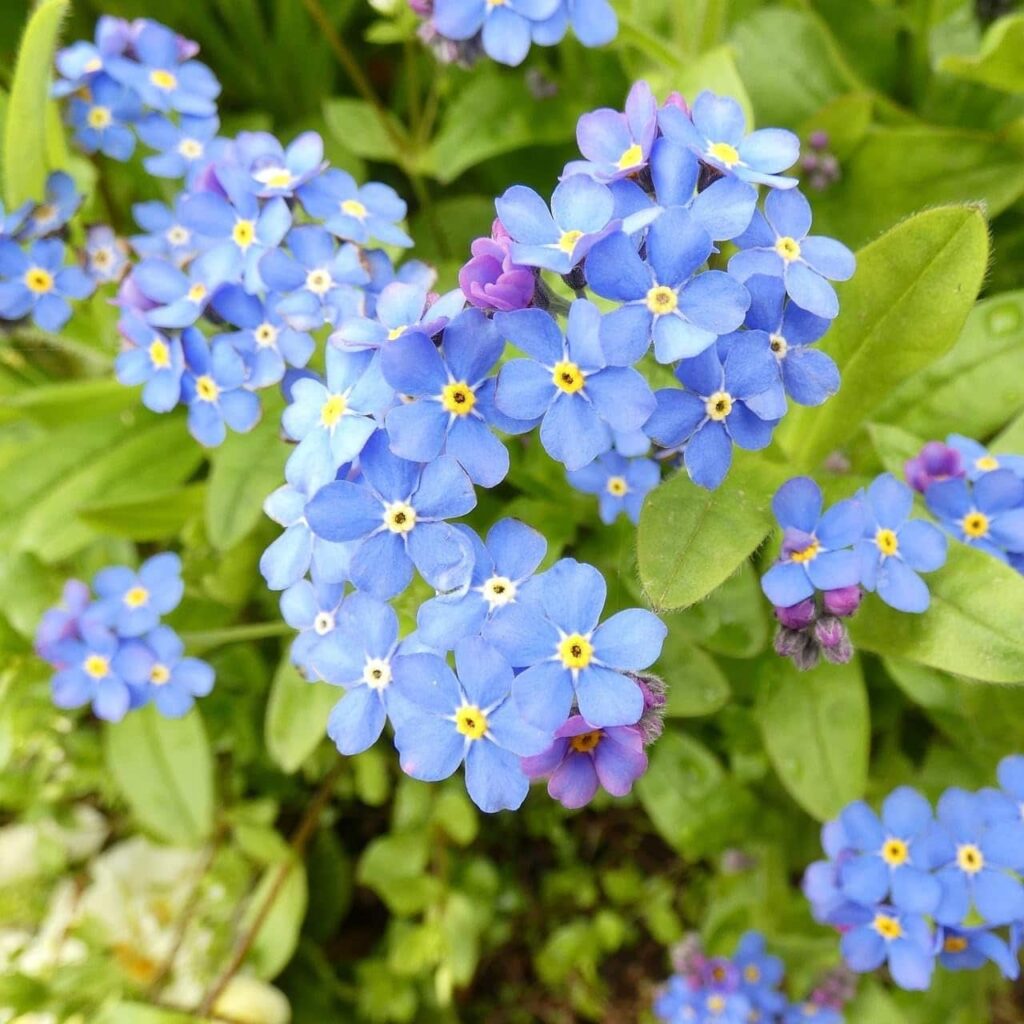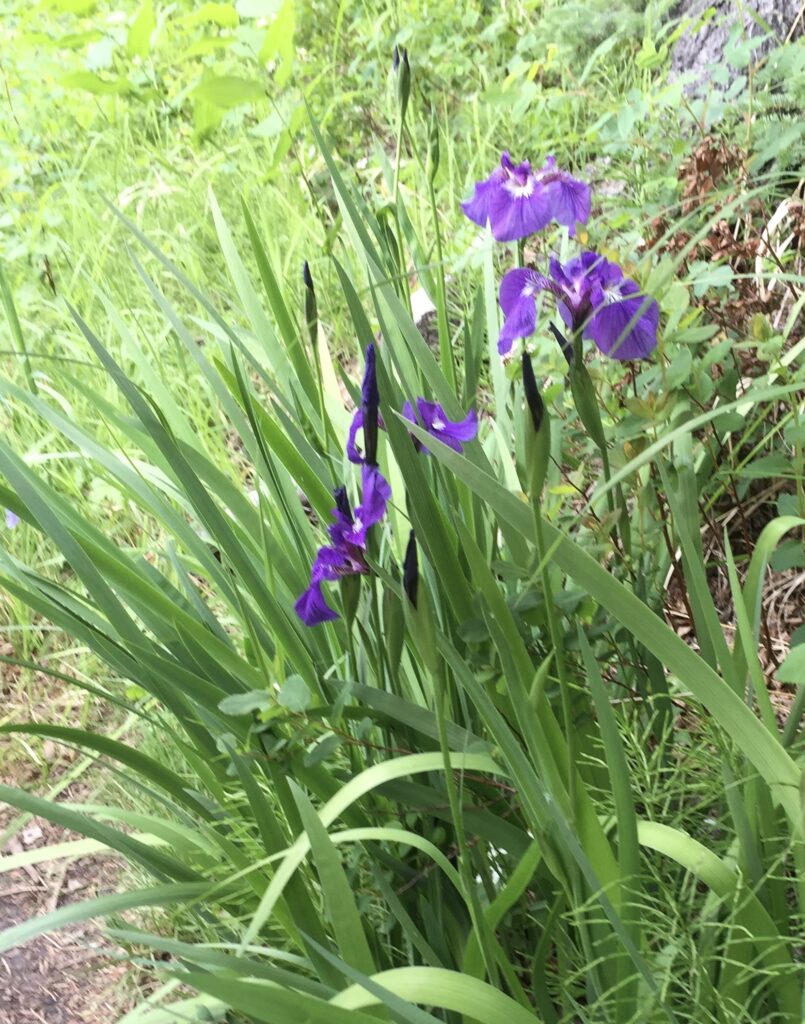ALASKAN VIEWPOINT: An Insider’s Scoop for Exploring Alaska’s Best!
Don’t miss the stunning display of Alaska’s wildflowers. Explore the colorful tapestry of blooms that paint the landscape from July to August. Alaska’s landscape is renowned for its rugged mountains and glaciers, but come summertime, it transforms. From alpine meadows to coastal forests, the Last Frontier boasts a stunning array of blooms that rival any manicured garden.

Fireweed (Chamerion angustifolium): One of the most recognizable wildflowers in Alaska, fireweed earns its name by being one of the first plants to emerge after a fire. Its tall stalks of pink to purple flowers brighten meadows and roadsides from July through August.
Fireweed isn’t just a pretty face! Young shoots can be cooked like asparagus, and the leaves can be dried for tea. It’s also used in jams, jellies, and even ice cream, due to its delicate flavor. Fireweed honey, produced by bees that feast on the flower’s nectar, is a local delicacy.

Forget-Me-Not (Myosotis alpestris): Alaska’s official state flower, the forget-me-not, is a delicate blue flower with a yellow center. It symbolizes enduring love and remembrance. It is found in alpine meadows and rocky areas.
Its small, nectar-rich flowers attract bees and other pollinators, contributing to the ecosystem’s health.

Nootka Rose (Rosa nutkana): This hardy rose species thrives in coastal areas, gracing beaches and dunes with its fragrant pink blossoms. Its bright red rosehips, a rich source of Vitamin C, are a favorite snack for wildlife and humans alike.
The petals of Nootka roses can be used to make fragrant teas and jellies. Rosehips, the fruit of the rose, can be dried and used in teas, syrups, or even turned into a flavorful jam.

Wild Iris (Iris setosa): With its striking purple flowers and sword-like leaves, the wild iris is a showstopper in wet meadows and along stream banks. It’s a symbol of resilience and beauty in the harsh northern landscape, a favorite subject for photographers and artists alike.
The Alaska Native people have traditionally used wild iris roots for medicinal purposes and its fibers for weaving
Chocolate Lily (Fritillaria camschatcensis): This unique wildflower gets its name from the rich, chocolate-brown color of its bell-shaped flowers. It grows in moist meadows and forests, adding a touch of elegance to the landscape.
Lupine (Lupinus nootkatensis): These tall spikes of blue, purple, or sometimes white flowers are a common sight along roadsides and in open fields. Lupines are nitrogen-fixing plants, enriching the soil and providing valuable habitat for pollinators.
These are just a few of the many wildflowers that paint Alaska’s landscape with vibrant colors. Whether you’re hiking through a mountain pass, strolling along a coastal trail, or just traveling along the scenic byways keep your eyes peeled for these natural treasures. Each one tells a story of adaptation and resilience, adding to the rich tapestry of life in the Last Frontier.
Alaskan Tour Guides In Alaska, there is so much to explore. We look forward to amazing our visitors with more local destinations and knowledge. Check out our 2025 tour schedule and book your seats now! 2025 Alaska Tour Packages
Tip: The best time to see wildflowers in Alaska is generally from late June through August.
